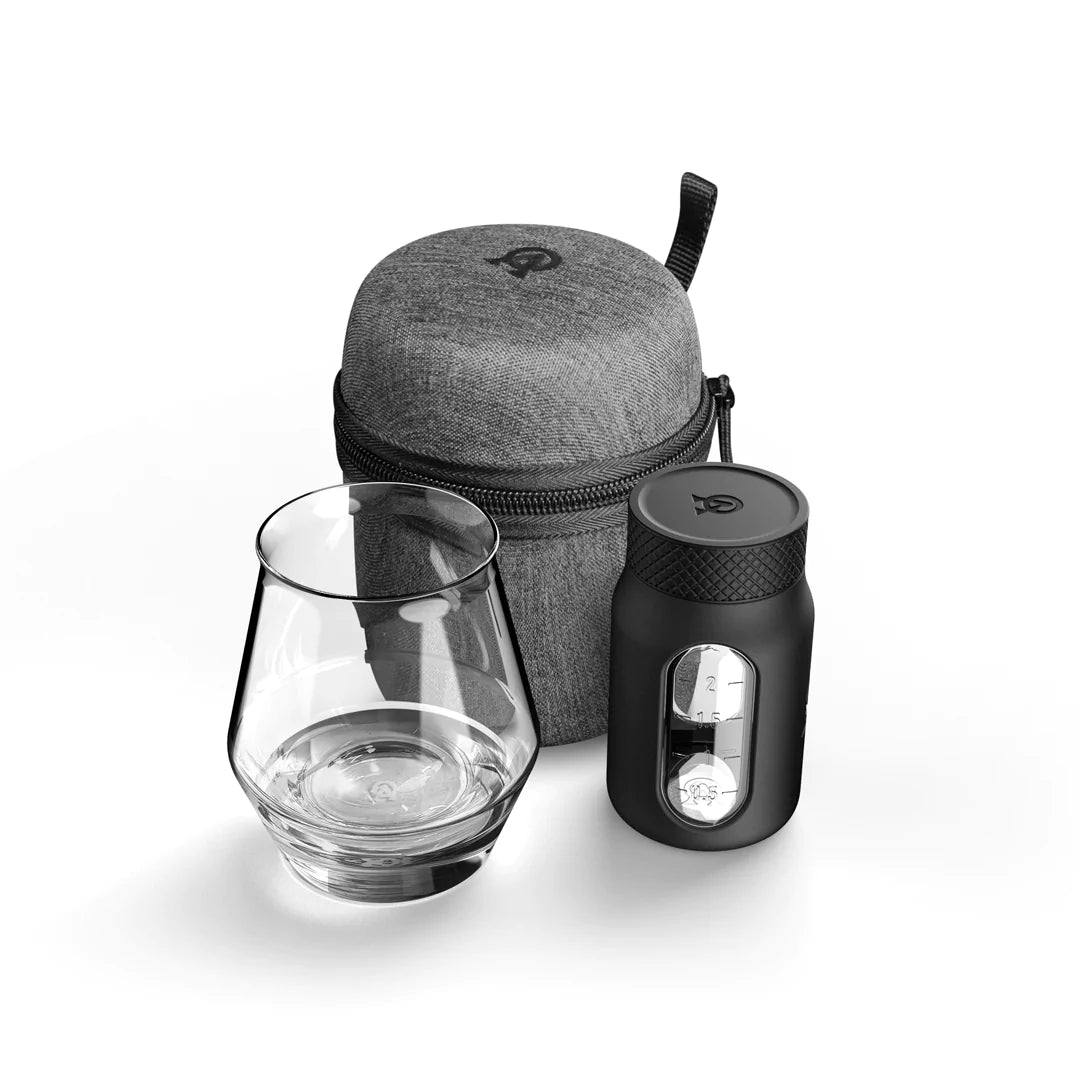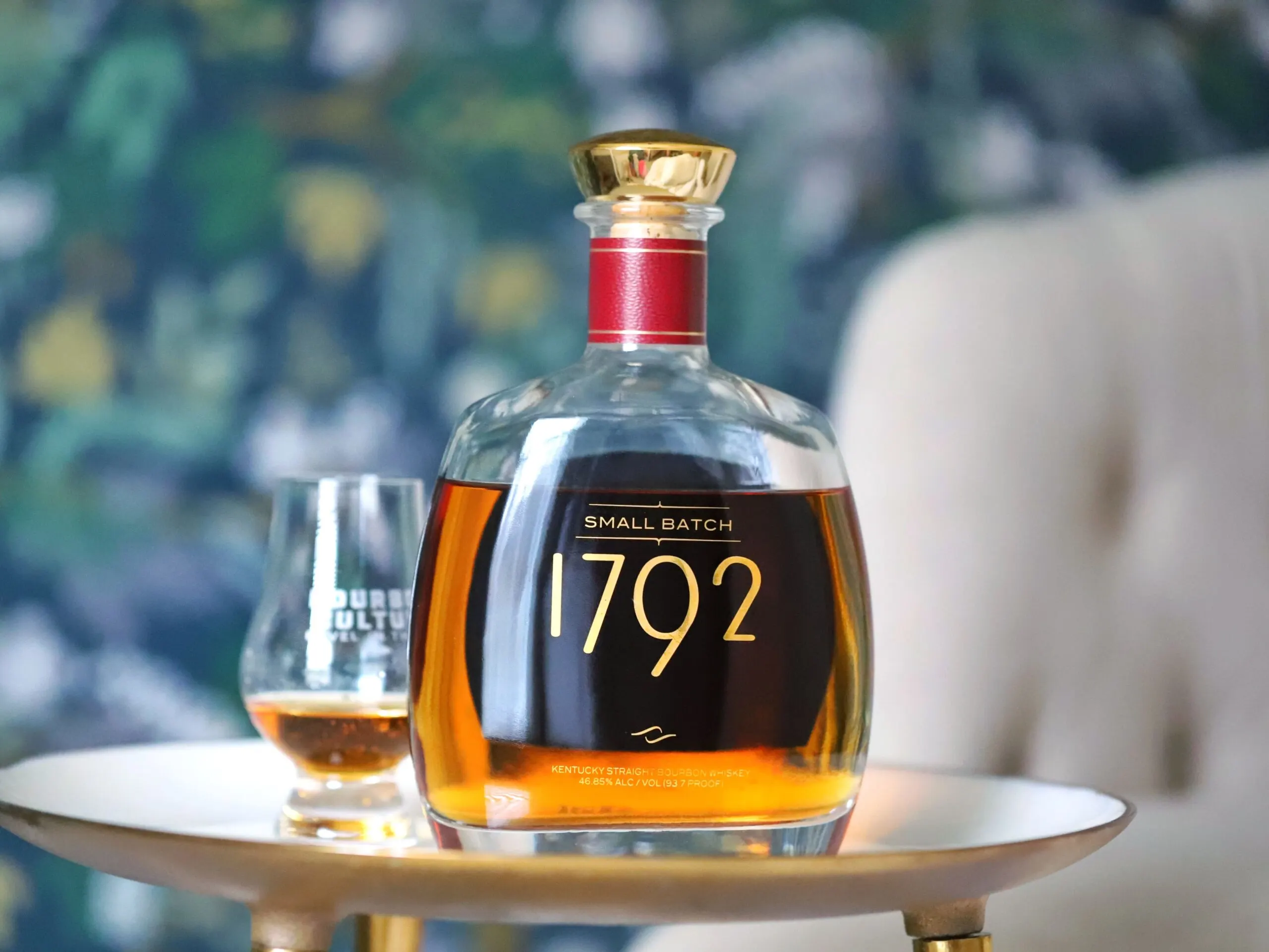| Don't like ads? | No ads |
*Bourbon Culture is reader-supported. When you buy through links on our site, we may earn an affiliate commission.
Every major Kentucky distillery has their own version of an “entry-level” bourbon. The bottle I’m reviewing today is not necessarily Barton’s entry level bourbon (that would be reserved for the Very Old Barton line), but it is the entry-level to the 1792 brand.
1792 – formerly called 1792 Ridgemont Reserve – is Barton’s own line of bourbon. Small Batch is the only version that seems to be continuously produced. Other versions like Bottled-in-Bond, Single Barrel and Full Proof seem to show up sporadically. There are also two annual releases – Sweet Wheat and Aged 12 Years – as well. It has always seemed odd to me that Sazerac doesn’t allow Barton to expand their line more, but that’s probably because so much of their distillate has been made with the intention of selling it to various Non-Distiller Producers.
1792 Small Batch: Does anything stand out?
Coming up with things to talk about for the base level offering of 1792 is kind of hard to do. For starters, Barton has always played second fiddle to Buffalo Trace. It’s hard to stand out when your sibling is literally the darling child of the bourbon world. I know a lot of bourbon lovers – from novices to high end collectors – and none of them have ever talk about the bourbon that comes out of Barton. What I’m trying to say is that 1792 tends to be viewed as forgettable because the distillery itself tends to be forgettable. What a sad introduction to a review!

Barton’s website describes the recipe that is used to make 1792 bourbon as being “high rye.” For a while now, I believed I knew what that recipe was: 74% corn, 18% rye and 8% malted barley. However, after some digging around, I uncovered some info that was being passed around about 8-10 years ago that claims that Very Old Barton used a recipe made up of 75% corn, 15% rye and 10% malted barley. The reason I bring that up is because it’s always been assumed that 1792 Small Batch uses the 74/18/8 version, but I’m starting to wonder if it could be using the previously mentioned 15% rye one.
What I do know is that the modern-day recipe has likely lost much of the age that its predecessor – 1792 Ridgemont Reserve – would have had. It’s no secret that Ridgemont carried an 8 years old age statement. Its modern version (the bottle I’m reviewing today) is thought to be in the neighborhood of 4-5 years old by other reviewers. I personally think it might be a little bit older – possibly in the realm of 6 to 6.5 years old. I have no proof of that except to say that when stores pick a single barrel of 1792 Full Proof or Single Barrel that they’re usually 6 to 6.5 years old.
Small Batch has always been bottled at a rather unconventional 93.7 proof; maybe to distance itself a bit from other 93 and 94 proof bourbons that it might be competing with. It’s also – to my knowledge – chill filtered. I’ve always thought that the yeast that Barton uses does a very good job of converting the spicy nature of the high rye content into something more fruity. Only Four Roses and Buffalo Trace do it better. From there, the barrels are aged in the middle-to-top floors of Barton’s many wooden warehouses which give them more liquid-to-wood interaction.

I’ve got no issues with Barton’s younger offerings but I’m not holding my breath that something inspired awaits my tongue in this $30 bottle. But in the off-chance that a surprise or two lurks under it’s golden topper, I’ve decided to get a bottle anyway to see how it tastes. As usual, I sampled this neat in a glencairn.
Tasting Notes
Nose: A relatively simple nose that showcases just how fruity young Barton bourbon can be. Notes of cherry, orange and cinnamon raisin bread are all present. There’s traditional scents of caramel and vanilla too. I’m not getting much in the way of tannins probably because it’s on the younger side and probably because of the chill-filtration that has removed them. Baking spices are minimal and keep to themselves in the background. That’s fine though, there’s nothing really offensive to say about the smell of this bottle.
Palate: I was surprised by the lack of rye notes on the nose – that is – until I took my first sip. The rye spice makes itself much more known. Earthy, herbal flavors mingle with spices like cinnamon and anise (licorice). The fruit notes from the nose fall in line with more cherry and orange notes that are easy to pick out. Caramel sweetness backs all of them up, but I’m still missing the tannins. It’s the one thing that is keeping the experience from elevating any higher.
Finish: The tannins finally reveal themselves on the finish. There’s not much here other than some weak oak notes, but I was expecting to find some leather (a note I find in almost every Barton product). There is lingering caramel sweetness and spicy pops of ground peppercorn and cinnamon. Vanilla also adds a nice contrast to the other notes.
Score: 5.9/10
Each sip of 1792 Small Batch was about how I expected it would be. Fruity with some spices and not a whole lot of aged notes to show for. I think this is common with Barton products that are on the younger side. While this is perfectly serviceable in a pinch, there is probably not enough in the liquid to hold a seasoned bourbon drinker’s interest.
For a more full-bodied experience without the huge increase in price, I’d recommend giving 1792 Bottled-in-Bond a shot. The only issue with that is how hard it is to find anymore. Single Barrels have also dried up in most areas. Bottles of 1792 Full Proof seem to be a little more available, but 125 proof is a lot to casually sip.
This is why I have the following recommendation to make: If you like the taste and profile of Barton and feel it needs a little bit more oomph, then check out Yellowstone’s Hand Picked Single Barrel Bourbon instead. Be warned that it is about $20 more expensive, but it is higher in proof (without getting too high) and seems to be non-chill filtered, giving each sip a noticeably more robust taste.

Alternatively, you could check out a close competitor that’s in the same family as 1792 Small Batch by picking up a bottle of Benchmark Small Batch or Top Floor. I’m recommending this on the assumption that you can’t find standard Buffalo Trace Bourbon in your area (which is to Buffalo Trace what 1792 SmB is to Barton).
Final Thoughts
All of the alternative bottles I mentioned above seem to have a leg up over 1792 Small Batch. Yes, some of those suggestions cost more money or harder to find but the point is there are options. This is common with bottles in the $30 range, so it’s not just a bash on Barton. If you came here looking for me to recommend 1792 Small Batch over any of its competitors, I don’t have much to give you. You can buy it to see for yourself, but I’m telling you that there are much better bottles to spend your money on.
Featured Products
- Neat Traveler

- View Larger
- Description:The Aged & Ore Neat Traveler is a complete travel kit for spirits. We combined our widely praised Neat Glass with one of our 3oz Flight Bottles and housed them together in a custom EVA travel case. Perfect for a night away with your favorite pour. The tie
- Bottle Flight

- View Larger
- Description:The Aged & Ore Bottle Flight is a premium set of 4 custom silicone wrapped glass bottles designed to transport and share samples of your favorite spirits. The flight bottles come in a custom EVA travel case that fits perfectly in any small bag. An Aged &
- Travel Bundle

- View Larger
- Description:This Bundle combines two of our crowd favorite products, creating the ultimate travel bundle to bring along your favorite spirits and glassware. Bundle Includes: Neat Traveler (Gray) Bottle Flight (Gray) Note: This bundle is only available in gray and col
*Bourbon Culture is reader-supported. When you buy through links on our site, we may earn an affiliate commission.

